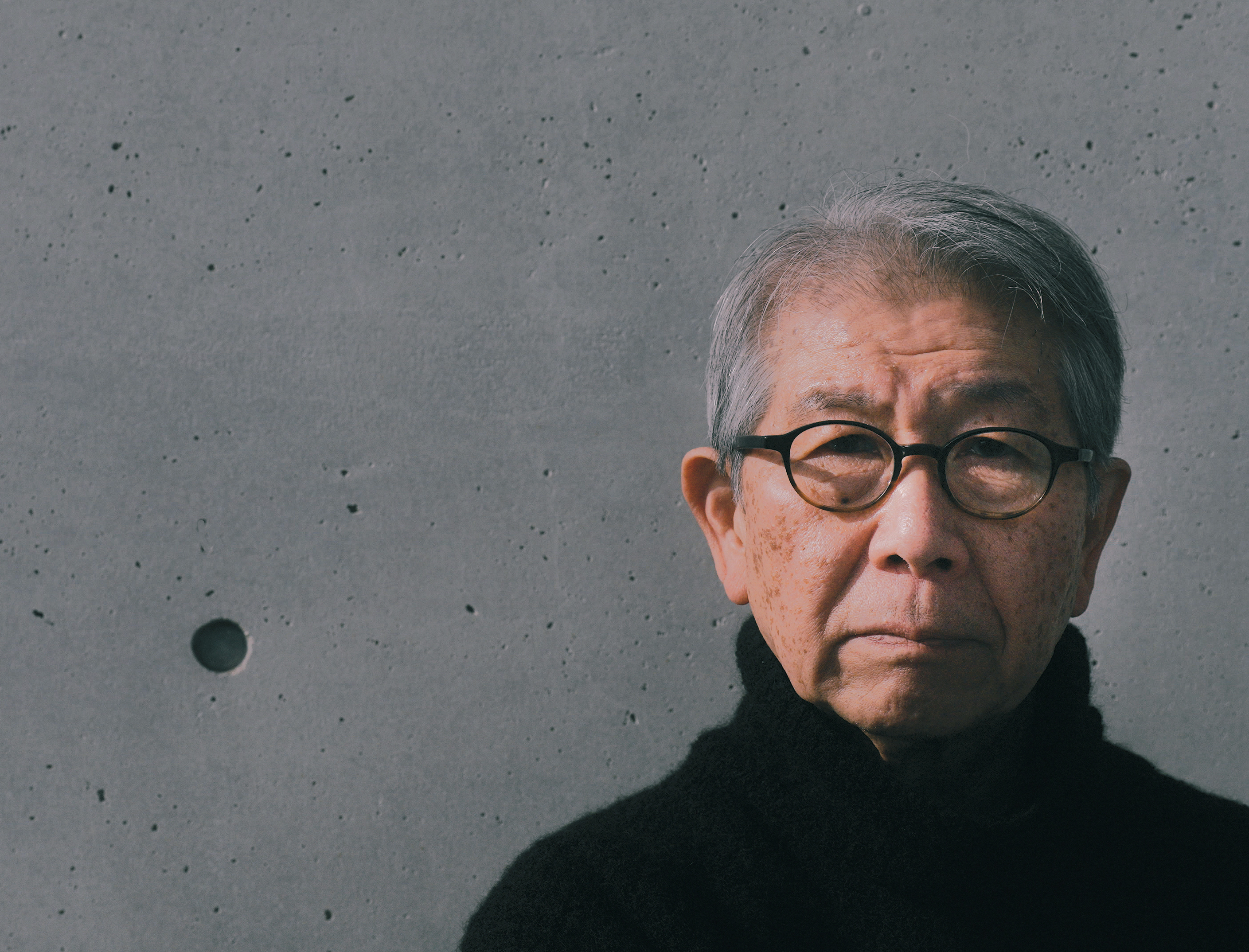Riken Yamamoto Receives Pritzker Architecture Prize
By Camilla Alvarez-Chow

Portrait of RIKEN YAMAMOTO. Photo by Tom Welsh. Courtesy the Pritzker Architecture Prize.
On March 5, veteran Japanese architect Riken Yamamoto was named the 2024 Laureate of the annual Pritzker Architecture Prize, the highest honor in the architecture field. Yamamoto will receive USD 100,000 as well as a bronze medallion.
Renowned for considering community as a vital aspect of his designs, Yamamoto strives to encourage unity between diverse identities, economies, politics, infrastructure, and housing systems. He has argued that “the current architectural approach emphasizes privacy,” but “we can still honor the freedom of each individual while living together in architectural space as a republic, fostering harmony across cultures and phases of life.”
The Jury Chair and 2016 Pritzker Prize Laureate Alejandro Aravena stated: “[Yamamoto] is a reassuring architect who brings dignity to everyday life. Normality becomes extraordinary. Calmness leads to splendor.”

Exterior of the Yokosuka Museum of Art. Photo by Tomio Ohashi. Courtesy the Pritzker Architecture Prize.
Aiming to encourage social value with every project, Yamamoto creates modernist architecture that enables social engagement, chance encounters, and connection, particularly in their use of glass to foster transparency. His main influences include machiya, traditional Japanese wooden townhouses, and oikos, ancient Greek housing that emphasized connectivity and commerce. Throughout his five-decade-long career, Yamamoto has worked on projects spanning private residences, public housing, elementary schools, university buildings, institutions, civic spaces, and city planning throughout Japan, China, Korea and Switzerland.
Notable projects include Saitama Prefectural University (1999) in Koshigaya, where nine buildings connected by terraces transition into walkways, leading to structures that enable views from one building to the next. Likewise, for the Hiroshima Nishi Fire Station (2000), Yamamoto designed a glass louvered facade and interior glass walls, allowing a public visual pathway into the central atrium. At the Yokosuka Museum of Art (2006), Yamamoto took into consideration the venue’s surroundings of Tokyo Bay, including expansive views of the landscape by situating gallery spaces underground. For his 2010 work Pangyo Housing in Seongnam, South Korea, the architect constructed nine low-rise housing blocks, with a communal deck on the second floor that provides space for gathering, playgrounds, gardens, as well as bridges that connect one block to another.
Yamamoto is currently designing two buildings at the Taoyuan Museum of Fine Arts in Taiwan along with the Tainan-based firm Joe Shih Architects, including a children’s art center and the main building. The latter will feature a facade that resembles a mountain, pavilions, terraces, and open-air platforms distributed on its outdoor slope. The museum will comprise spaces such as “the cube,” “the mezzanine,” and “the hill.” The main building and the children’s center will be connected via an aerial corridor.
The 2024 Pritzker Prize award ceremony will take place on May 16 in Chicago, at the SR Crown Hall of the Illinois Institute of Technology.

Exterior of the Hiroshima Nishi Fire Station. Photo by Tomio Ohashi. Courtesy the Pritzker Architecture Prize.
Camilla Alvarez-Chow is an editorial assistant at ArtAsiaPacific.








